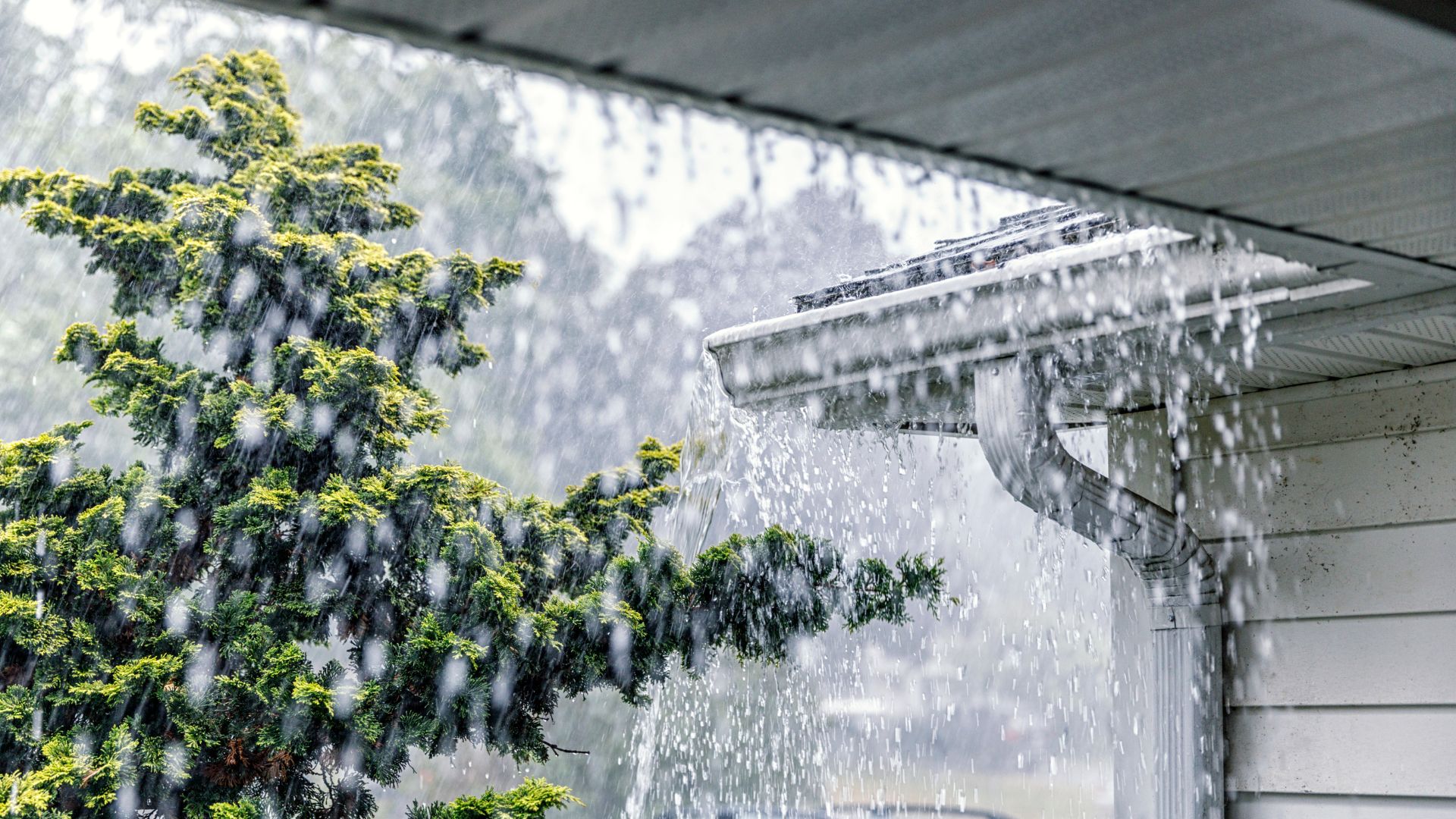Moving can be a stressful event on its own, and inclement weather can add an extra layer of difficulty. Whether it’s rain, snow, or extreme heat, moving in bad weather requires careful planning and preparation to ensure everything goes smoothly. Here are some practical tips to help you manage your move effectively, regardless of the weather conditions.
1. Check the Weather Forecast
Plan Ahead
Keep an eye on the weather forecast leading up to your moving day. If possible, choose a date with the most favorable weather conditions. However, if rescheduling isn’t an option, knowing what to expect will help you prepare appropriately.
Flexibility
If your schedule allows, remain flexible. Sometimes, adjusting your moving time by a few hours can make a significant difference in weather conditions and overall safety.
2. Prepare Your Home
Protect Floors and Carpets
Bad weather can lead to mud, water, or snow being tracked into your home. Lay down tarps, plastic sheeting, or old towels on floors and carpets to protect them from dirt and moisture. Secure these coverings to prevent slipping.
Clear Walkways
Ensure that all walkways, driveways, and steps are clear of snow, ice, or debris. Use salt or sand to create traction on icy surfaces and reduce the risk of slips and falls.
3. Pack Smart
Use Waterproof Materials
If you’re expecting rain or snow, use waterproof packing materials. Plastic bins are excellent for keeping items dry. For cardboard boxes, line them with plastic garbage bags or wrap items in plastic before packing.
Seal Boxes Tightly
Ensure all boxes are sealed tightly with packing tape to prevent moisture from seeping in. Double-tape the bottoms of boxes to reinforce them against wet conditions.
Protect Fragile Items
Wrap fragile items in waterproof materials and secure them with bubble wrap or packing paper. For extra protection, use blankets or towels to cushion items and absorb any potential moisture.
4. Dress Appropriately
Layer Up
Dress in layers to stay warm in cold weather and be able to adjust your clothing as needed. Waterproof outer layers are essential in rain or snow to keep you dry and comfortable.
Wear Appropriate Footwear
Choose sturdy, non-slip footwear to provide good traction on wet or icy surfaces. Waterproof boots are ideal for keeping your feet dry and stable.
5. Protect Your Belongings
Use Tarps and Blankets
Cover furniture and other large items with tarps or moving blankets to protect them from rain or snow. Secure the coverings with bungee cords or rope to ensure they stay in place during transport.
Load the Truck Strategically
Load items into the moving truck in a way that minimizes their exposure to the elements. Place waterproof items near the door and more delicate items towards the back of the truck. Create a barrier with blankets or tarps to shield items from the weather.
6. Stay Safe
Take Your Time
Bad weather can make moving more dangerous, so take your time to move carefully and safely. Avoid rushing, as this increases the risk of accidents and injuries.
Keep Pathways Clear
Ensure that pathways remain clear of obstacles, ice, and snow throughout the move. Shovel and salt as necessary to maintain safe conditions.
7. Hire Professional Movers
Experience Matters
Consider hiring professional movers, especially if the weather is severe. Experienced movers have the skills and equipment to handle adverse conditions safely and efficiently.
Insurance Coverage
Ensure that your moving company has adequate insurance coverage in case of weather-related damages. This provides peace of mind knowing that your belongings are protected.
8. Keep Essentials Accessible
Pack an Essentials Box
Prepare an essentials box with items you might need immediately upon arrival, such as toiletries, a change of clothes, important documents, and basic kitchen supplies. Keep this box with you rather than in the moving truck.
Emergency Supplies
In bad weather, it’s wise to have emergency supplies on hand, including blankets, a flashlight, extra batteries, snacks, and bottled water. These items can be crucial if you encounter delays or other issues during the move.
9. Take Care of Pets
Safe and Comfortable
Ensure that pets are kept safe and comfortable during the move. Keep them in a warm, dry place and provide ample food, water, and bedding. Consider arranging for a pet-sitter on moving day to reduce stress for both you and your pets.
Moving in bad weather presents unique challenges, but with careful planning and the right precautions, you can manage a smooth and safe transition. By protecting your belongings, dressing appropriately, and possibly enlisting professional help, you can mitigate the impact of inclement weather and ensure a successful move. Remember to prioritize safety and flexibility, and soon you’ll be settled into your new home, regardless of the weather conditions.


.svg)


